Guest post provided by Chris Ashworth
Communication with construction specifiers is the start of an engagement process leading to specification and finally purchase. There are four broad stages to communicating with specifiers:
Awareness
This is when the specifier first becomes aware of your organisation and its products or services. This may be passive if they are not actively seeking out specific information. They may read magazine or blog articles, typically project stories, which refer to your products or services. It may be that they attend a CPD seminar presented by your organisation. And although not as important as in the past, advertising still plays an important part in building brand recognition.
Barbour Product Search makes it easy for specifiers to find information about your products, project case studies, CPD and other content through their website, newsletters, social media and relationships with publications Building and BD.
As well as passively absorbing information, the specifier may also be actively looking for a solution for their design challenge. This can often start with a Google search which can lead to your website, Barbour Product Search or similar product directory. Our research in the Construction Media Index shows that on average product directories are used by just over half of construction decision makers, although this does vary across professions with Architects using product directories significantly more than contractors.
Evaluation
Having gathered information about various suppliers, the specifier then has to select the product or service to use. Case studies are important at this stage as they should contain testimonials – relatively impartial statements from fellow specifiers about the product and the support they received from the supplier. Social media has an increasingly important role to play here, with happy and unhappy specifiers sharing their experiences. But your organisation’s presence will also be key; blog articles, technical advice and participation in exhibitions and seminars. In the background will also be the brand perceptions created by advertising and PR.
Specification
Having selected a product or service, the next stage is specification. Making specification easy is important. That requires ready access to samples, product specifications, BIM content, CAD images and technical data. This is where personal contact can be influential, either by phone or from a personal visit. As responsibility transfers from marketing to sales it is important that the sales person is fully informed about the organisations in the decision making unit. Barbour ABI makes this easy. Information is available on members of each organisation, the types of projects they specialise in and who they regularly work with. By researching this before making contact with a customer the sales person can then demonstrate their understanding of the customer and their business. They can provide case studies which are relevant to the decision maker’s specialisms as well as referring to the other organisations involved in the project that they have both worked with. There is no excuse for an unprepared sales call.
The time frame from specification to the final stage of Purchase can be long. It is necessary to be constantly monitoring project progress, using Barbour ABI to identify when each stage of the construction programme is reached and note who is bidding, or has been appointed to the project. To be successful it is vital to monitor each stage reached in the project’s life.
Purchase
The final stage will usually be out of the direct control of the specifier, but they still remain influential and can be involved in communications between your organisation and the contractor. It may be that the contractor purchases directly from the manufacturer, or via a distributor. In which case there is a need to communicate with the distributor to ensure they submit prices for your product to all of the sub-contractors bidding. When the sub-contractor is appointed it is also important to maintain engagement to ensure they purchase and install your product. This relies on regular communication between your organisation and the decision makers via telephone or face-to-face meetings. With many projects running in parallel a good CRM system is important to keep track of progress with every project. Usually more than one person in your organisation is likely to be involved and good communication will ensure that they are all aware of progress and who is expected to do what.

It is easy to communicate with specifiers, the skill is in doing it effectively.
Further Information
Promoting your company and building products with Barbour Product Search can help to increase your visibility to the full specification audience. Email editor@barbourproductsearch.info for more information.
Sign up to the Competitive Advantage newsletter for an overview of construction market activity as well as construction sales and marketing advice.
Chris is a specialist in specification strategy and founder of Competitive Advantage Consultancy which specialises in market research and training for the construction industry. He is a member of the BIM4M2 steering group and Deputy Chair of the organising committee for CIMCIG, the Chartered Institute of Marketing’s Construction Industry Group.
Related Blog Articles



![Communicating with specifiers & developing a personalised persona [EVENT] Communicating with specifiers & developing a personalised persona [EVENT]](/20/blogentry/00/04/48/th382.png)

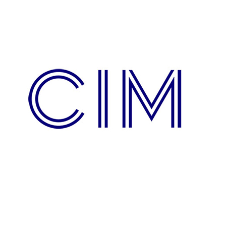

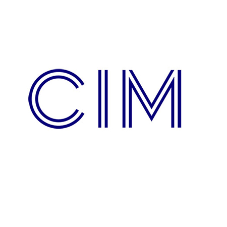
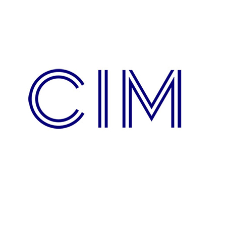
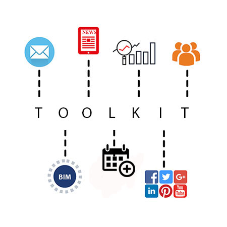
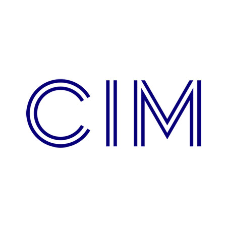
![A strategy for communicating with specifiers [EVENT] A strategy for communicating with specifiers [EVENT]](/20/blogentry/00/03/82/th382.png)